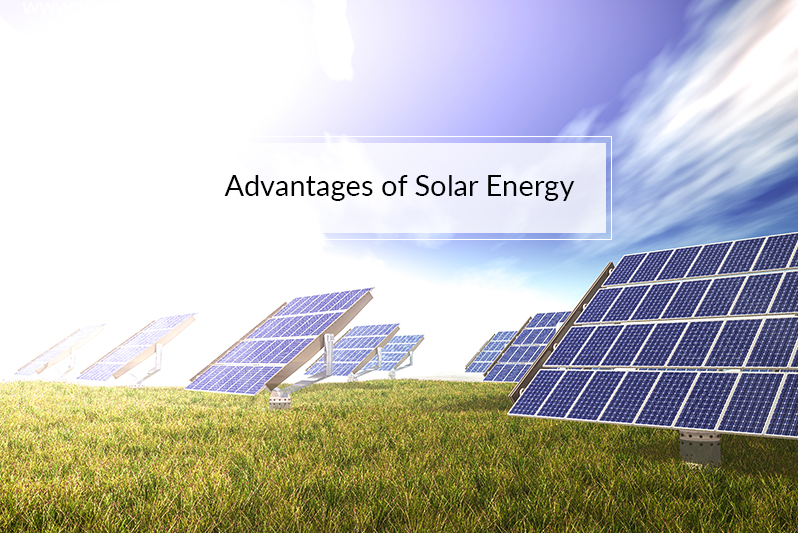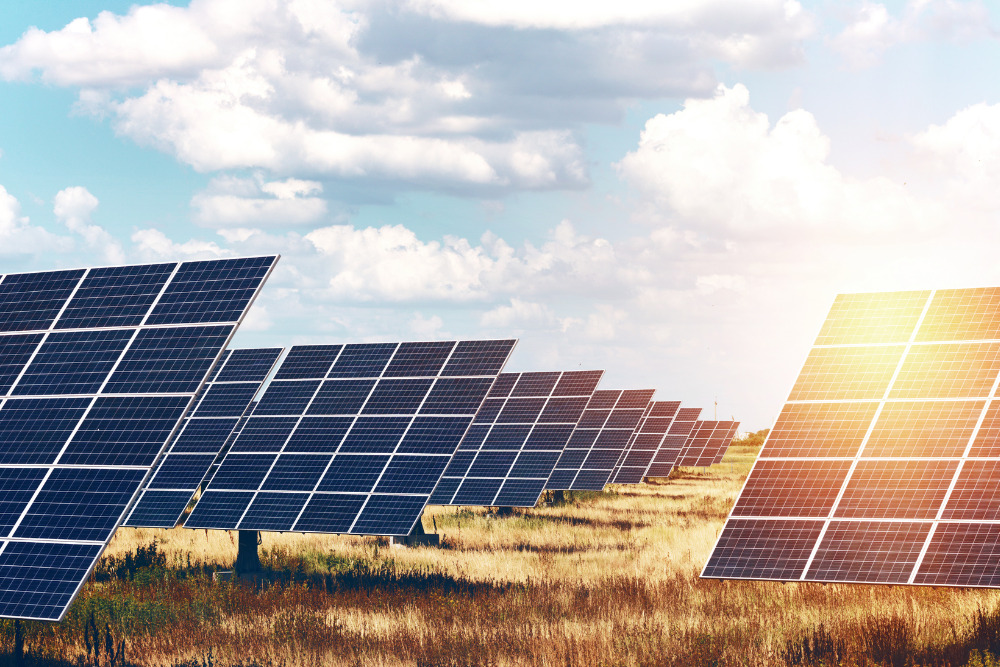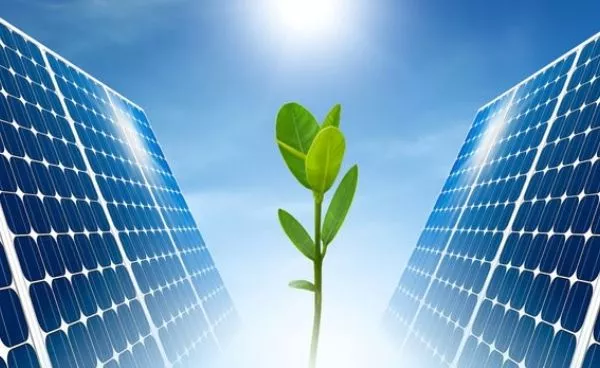Solar Energy 101: A Novice's Overview to Sustainable Power Solutions
As the globe increasingly shifts in the direction of sustainable power options, understanding the basics of solar power becomes necessary for both people and companies. By exploring the advantages of solar modern technology, alongside the financial incentives and setup processes, one can gain a more clear viewpoint on how to successfully integrate this renewable source into their energy method.
Comprehending Solar Power
At its core, recognizing solar energy entails realizing the fundamental concepts of how sunlight can be transformed right into useful electrical energy. Solar power is stemmed from the sun's radiation, which can be taken advantage of with various technologies. The main system for this conversion is the photovoltaic or pv effect. This sensation takes place when sunshine strikes semiconductor products, generally silicon-based, within solar cells. The power from the sunlight delights electrons in the semiconductor, permitting them to flow openly and create straight current (DC) electricity.

Understanding solar energy likewise entails acknowledging its ecological advantages. By using sunlight, we can mitigate greenhouse gas exhausts and reduce air contamination, contributing to a much more sustainable future. The improvements in technology and effectiveness of planetary systems continue to enhance their stability, making solar power an increasingly eye-catching choice for international power needs.
Kinds of Solar Power Systems
Numerous kinds of solar power systems are commonly utilized to harness solar power for electrical energy generation. The primary classifications consist of solar (PV) systems, concentrating solar energy (CSP) systems, and solar thermal systems.
Photovoltaic or pv systems utilize solar panels made up of silicon cells that transform sunlight directly into power. These systems are versatile and can be set up on rooftops, ground mounts, or incorporated into building products.
Focusing Solar energy systems, on the other hand, employ mirrors or lenses to focus sunshine onto a tiny area, generating warmth that drives a heavy steam generator to produce electricity - Simply Solar Illinois. CSP systems are typically deployed in large-scale nuclear power plant and call for straight sunshine, making them much less appropriate for over cast regions

Each type of solar power system has its distinct features, applications, and suitability relying on geographical place, power demands, and budget plan, making it necessary to evaluate options based upon specific scenarios. - Simply Solar Illinois

Advantages of Solar Power
Using solar power via various systems not only offers a sustainable way to create electrical power yet also uses a plethora of benefits. Among one of the most considerable benefits is the reduction in greenhouse gas exhausts, adding to a cleaner setting and combating environment modification. Solar power is sustainable, meaning it is limitless and offered as long as the sunlight shines, unlike fossil fuels, which are finite and diminishing.
In addition, solar energy can result in considerable cost savings over time. House owners and services can lower their electrical power costs significantly, and in most cases, they might gain credit ratings for excess energy created with web metering. Furthermore, the solar sector creates tasks, from manufacturing to installment, promoting regional economic climates.
An additional engaging benefit is energy self-reliance. By generating their very own electrical power, individuals and neighborhoods can decrease dependence on outside power sources, enhancing strength against changing power rates and supply interruptions. Solar energy systems call for very little upkeep, making them a convenient alternative for sustainable power generation.
Setup Refine Summary
The installment procedure for solar power systems commonly entails several key actions that ensure efficient integration right into a residential or commercial property. At first, a thorough website evaluation is carried out to review the roof covering's positioning, shading, and structural stability, which are important to optimizing solar panel performance. Following this analysis, the style phase begins, where a tailored solar energy system is set up based on the homeowner's energy needs and preferences.
Once the style is finalized, the needed licenses and authorizations are gotten from neighborhood authorities, guaranteeing compliance with guidelines. The real installment entails placing the solar panels on the roofing or ground, connecting them to an inverter, and integrating the system with the home's electric configuration. This phase might likewise entail setting up battery storage systems, depending on the layout.
After setup, a complete evaluation is carried out to verify the system's capability and safety. Ultimately, the system is commissioned, and homeowners are educated on its procedure and upkeep. With the installment complete, the solar power system can start creating renewable resource, adding to sustainability and reducing energy costs. This structured technique makes certain that solar systems are both reliable and reputable, optimizing their lasting benefits.
Financial Incentives and Cost Savings
Discovering the financial rewards and financial savings connected index with solar power systems can substantially boost the allure of making the switch to sustainable power. Various incentives exist at government, state, and regional degrees, designed to decrease the first expenses connected with solar setup. One of one of the most remarkable incentives is the government solar tax obligation credit, which permits home owners to deduct a percentage of their planetary system setup costs from their federal taxes. Since 2023, this credit rating stands at 30%, offering significant savings.
In enhancement to tax obligation credit scores, several see it here states provide rebates that can even more lower ahead of time expenses. Some energy companies additionally provide performance-based incentives, rewarding solar power production with time. Financing options, such as solar financings and leases, enable consumers to mount systems with little to no down settlement, making solar power more easily accessible.

In addition, solar systems can enhance property worths, giving a solid return on financial investment. In general, the combination of rewards and savings makes solar power an economically eye-catching selection for numerous houses.
Conclusion
In final thought, solar power stands for a crucial component of lasting power solutions, providing a path toward lowered carbon footprints and boosted ecological protection. The varied types of solar energy systems, coupled with substantial economic rewards, facilitate more comprehensive adoption among individuals and areas. Understanding the setup procedures and benefits related to solar energy empowers stakeholders to make read this educated choices. Ultimately, the change to solar power not just fosters ecological duty yet likewise promotes economic savings and energy self-reliance.